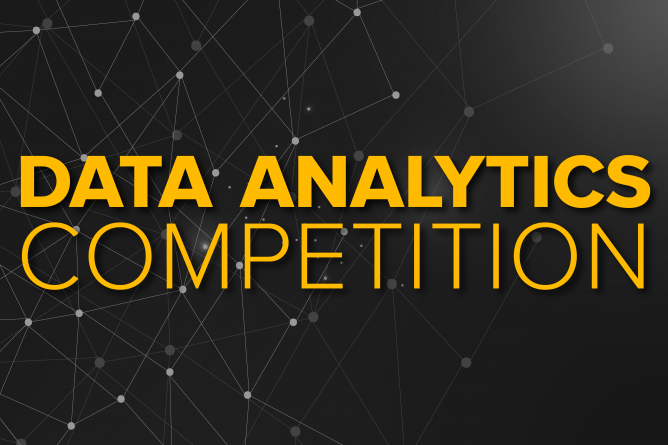This year, TU students will have the chance to participate in a new CBE competition for data analytics with the chance of winning $2,500.
This competition is especially unique because it’s open to all students (excepting Ph.D. candidates) regardless of their discipline.
“The job market is quickly growing for those trained in data science and analytics,” said Stella Tomasi, associate professor and director of the competition.
“Students in all disciplines should be able to analyze data to make intelligent decisions.”
The Data Analytics Competition will require participants to manipulate large data sets to answer a series of questions. The participants may choose any data analytics tool to design a report displaying their findings.
For those who have taken EBTM 250, 251 or 350, the Data Analytics Competition is a way to test what they learned from class in an informal but competitive environment.
“This competition allows students to apply what they have learned in their courses in an informal setting that will not only incentivize prize money, but will also allow students to test their skills against others across disciplines,” said Tomasi.
As a further incentive, she said, “students will have feedback from judges with data analytics experience across all industries. It’s a great opportunity to be noticed by companies that hire individuals with analytics skills.”
Students in all disciplines should be able to analyze data to make intelligent decisions.
And the fact is, those analytics skills are becoming increasingly valuable in the workplace. According to an article on Data Flair Training, the demand for data scientists is growing at an exponential rate due to new job roles and industries emerging from the increase in data. Financial and insurance industries are becoming major players in recruiting data scientists.
Tomasi said this increase in demand results from a trend of analyzing prior data to make decisions in business rather than making decisions subjectively.
“After years of collecting data from using various systems and technologies, leaders now pull historical data to make decisions instead of relying on their experiences or gut feelings,” said Tomasi.
“Previously, experience was a big factor to help make decisions in an organization. Now, however, leaders can use tools to analyze historical data to make predictive, descriptive, and prescriptive decisions.”
Graduates that enter the workforce with skills in data analytics that aide in leadership and decision-making will be more marketable than those with no experience in data analytics. And the competition will prove a valuable opportunity for students looking to enter the field.
Registration for the Data Analytics Competition ends Oct. 7. All submissions of analyses are due Oct. 30. Participants will be contacted by judges in the two weeks following if they are selected to continue to round two. Round two will include brief virtual presentations to judges. First place will receive a $2,500 scholarship. Second place will receive $1,500 and $1,000 will go to third place.
For students interested in more data analytics programs at TU, TU students have organized a Data Analytics and Visualization Group (DAVG) that engages fellow students in learning about analytics, preparing for a career in analytics and networking with industry partners.

